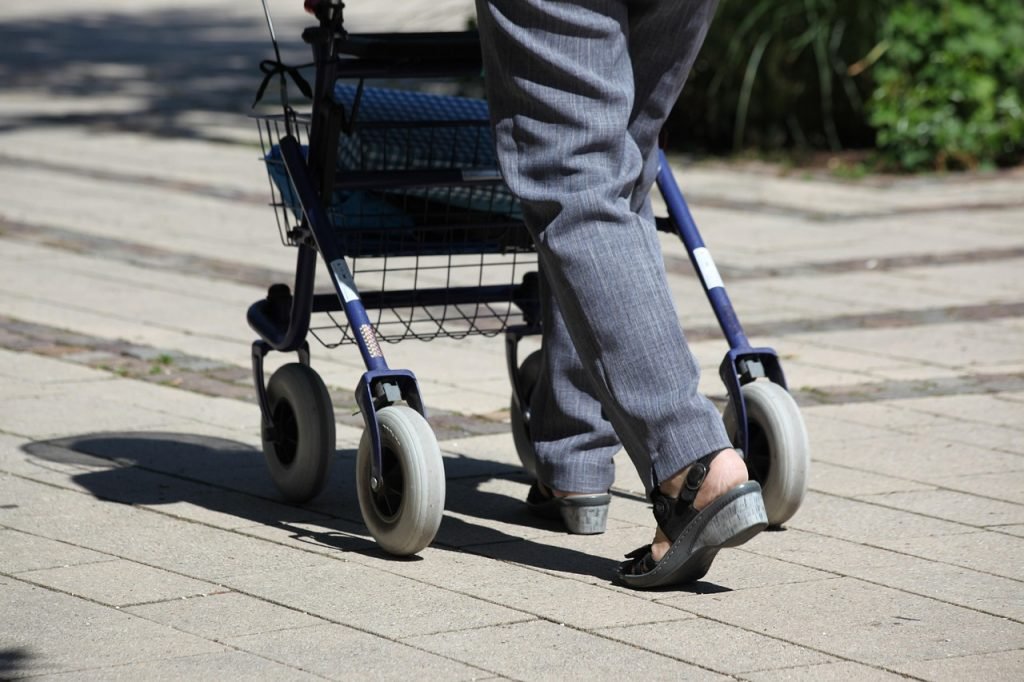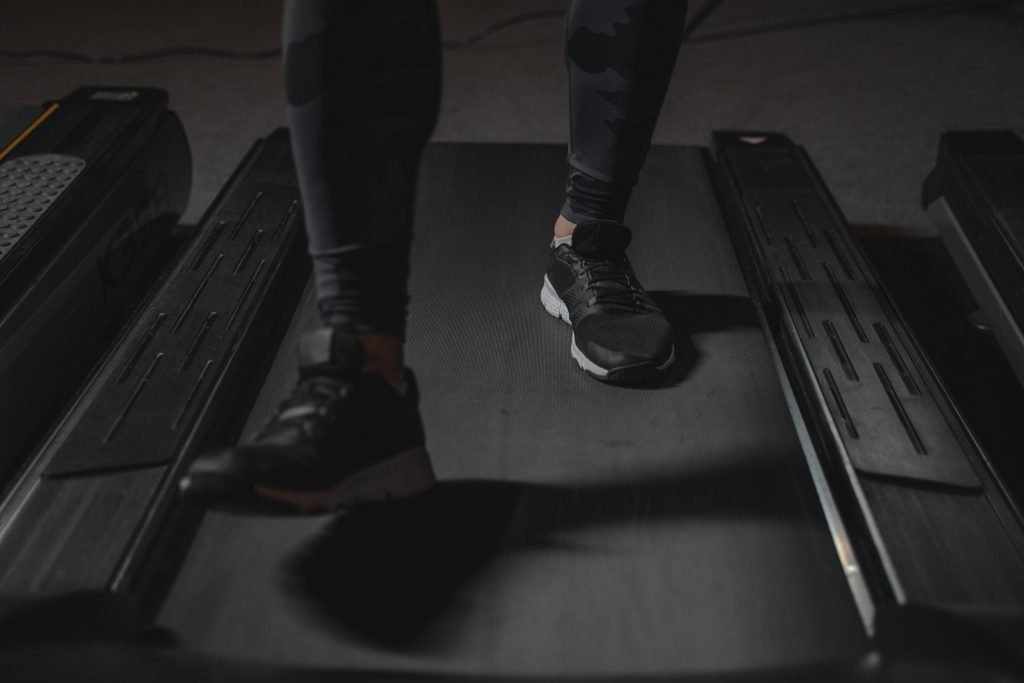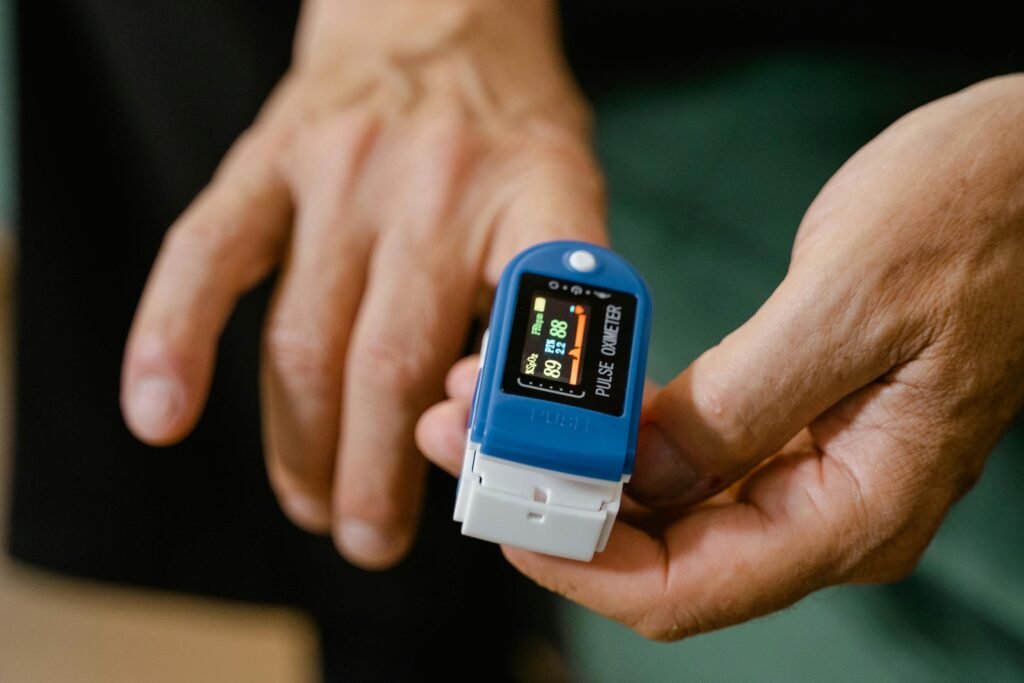Balance, Freedom & Stability
Why use a Walker for POTS? Living with dysautonomia, particularly forms like POTS, can make the simple act of standing or walking feel overwhelming. One unexpected yet incredibly helpful tool in regaining daily mobility? A walker. While often associated with older adults or post-surgical recovery, a walker can be a vital support tool for younger individuals living with chronic conditions like POTS.
This article explores how a walker contributes to balance, freedom, and independence, and why it’s a smart, stigma-busting choice for many navigating life with dysautonomia.
Understanding Dysautonomia and the Mobility Struggle
Dysautonomia is an umbrella term for disorders of the autonomic nervous system, which regulates involuntary functions like heart rate, blood pressure, and digestion. One of the most frustrating symptoms for many people with dysautonomia is orthostatic intolerance—the inability to remain upright without feeling lightheaded, dizzy, weak, or faint.
Do you follow a specific sleep routine for your POTS?
Because the nervous system doesn’t properly regulate blood flow, individuals may feel their legs go weak or experience episodes of near-syncope (almost fainting) just from standing or walking across a room.
Why Some People with Dysautonomia Need a Walker
Here’s the truth: it’s not about age—it’s about function. A walker can help bridge the gap between disability and independence. It provides:
- Stability when standing or moving
- A built-in seat for when fatigue hits suddenly
- A barrier that increases confidence in crowded spaces
- Weight distribution support during episodes of leg weakness
- A tool for pacing and regulating posture shifts
For some, a walker becomes not just a mobility aid, but a source of balance and freedom—literally and emotionally.
Walker Balance Freedom: What That Phrase Really Means
Let’s break it down:
- Balance: Physically steadying your body when dysautonomia makes it unreliable
- Freedom: The ability to go out, do chores, or take a walk without fearing a crash or faint
- Walker: The tool that makes both of the above possible
This isn’t just a walking aid—it’s a life aid. It can empower someone to reengage with the world.

How a Walker Helps Manage POTS Symptoms
In POTS, standing upright causes a rapid increase in heart rate, which can result in symptoms like:
- Dizziness
- Chest pain
- Brain fog
- Nausea
- Muscle fatigue
A walker can help by:
- Encouraging slow, measured postural transitions
- Providing a seat for immediate rest breaks
- Helping conserve energy and stamina
- Offering postural support to reduce the load on fatigued muscles
It may also support structured exercise, like indoor walking or resistance training, without as much risk.
Types of Walkers Suitable for Dysautonomia
Not all walkers are created equal. Here are the most common types used by people with dysautonomia & POTS:
Rollator Walker
- Has four wheels and hand brakes
- Often comes with a seat
- Great for indoor and outdoor use
- Easy to push, stable enough to lean on
Two-Wheel Walker
- Front wheels, but back legs have caps
- Offers more resistance and support for those with serious instability
- Best for indoor, shorter distances
Upright Walker
- Designed to reduce slouching and hunching
- Promotes better posture, which helps regulate blood flow
- Reduces strain on neck and shoulders
For people with dysautonomia, comfort and adjustability are key. Choose one that fits your height and arm length, and ideally one that’s lightweight and foldable for easy transport.
Mental Health and the Walker Decision
Let’s be real: using a walker when you’re in your 20s, 30s, or 40s can feel weird. You may worry about what people think. But here’s the thing:
You deserve to move safely. You deserve to feel free.
Once you make peace with using tools that help your health—not harm your pride—you’ll find a new kind of strength. It’s not giving up. It’s stepping forward in the most literal way.
Integrating a Walker into Daily Life
Some ideas for how to make the most of it:
- Use it as a shopping cart while grocery shopping
- Sit and rest during long cooking sessions
- Keep it by your bed or bathroom for early morning dizziness
- Walk around your home to build up stamina safely
- Use it during treadmill or hallway walks to retrain movement patterns
A walker can also offer social freedom. Go to a café, walk around the park, or take a stroll through a museum—with fewer fears of collapse or discomfort.
Common Misconceptions About Walkers and Chronic Illness
Here are a few we need to toss out:
“A walker means I’m old or giving up.”
Nope. It means you’re adapting. Chronic illness doesn’t respect age, and neither should our mobility tools.
“People will judge me.”
Maybe a few will. But more people will admire your bravery and be inspired by your honesty.
“I’ll become dependent on it forever.”
Not necessarily. For many, a walker is part of a temporary or transitional phase while doing physical therapy, exercise programs, or during a flare-up.
Benefits Beyond Mobility
Using a walker may also:
- Encourage improved posture
- Decrease fear of falling
- Help manage heart rate and blood pressure spikes
- Increase participation in physical activity
- Reduce fatigue and PEM (post-exertional malaise)
It’s not just about walking—it’s about reducing barriers.
When to Talk to Your Doctor or PT About a Walker
If you have dysautonomia and you:
- Avoid outings due to dizziness
- Have fallen or nearly fainted while walking
- Feel unsafe standing still
- Are reducing activity due to fear of symptoms
…it’s time to ask your primary care provider, cardiologist, or physical therapist about trying a walker. They can help assess your needs and recommend the best model.

How to Maintain Dignity and Style with a Walker
Yes, walkers can be functional and fabulous. Consider:
- Customizing it with colors or patterns
- Adding a basket or pouch for essentials
- Choosing a sleek, lightweight model
- Wearing clothes that give you confidence
Your walker is a tool, not a verdict. Own it.

GnarlyTree | DIET AND EATING
Small Meals for POTS | Timing Food for Better Health
Understanding POTS and Its Dietary Connection Managing POTS requires a multi-faceted approach involving lifestyle adjustments, medication, and most notably, diet and nutrition. Eat small meals for POTS; more frequent meals...
FAQs How a Walker Fits in with POTS
1. Should young people with POTS use a walker?
Yes! Walkers aren’t about age. They’re about safety and functionality. Many young adults with POTS use walkers to reduce symptoms and increase independence.
2. Can a walker help prevent fainting episodes?
Absolutely. By offering postural support and allowing quick rests, walkers help reduce orthostatic stress and the risk of fainting.
3. Is it better to use a walker or a cane?
Walkers offer more full-body support and a built-in seat, making them a better choice for people with severe instability or fatigue from dysautonomia.
4. Will I become too dependent on my walker?
Not necessarily. Some use them temporarily during flare-ups or until their stamina improves with therapy and exercise.
5. How do I choose the right walker for my condition?
Consult with a physical therapist or medical provider. Consider features like seat height, wheel size, foldability, and overall weight.
Conclusion
In the world of dysautonomia, especially conditions like POTS, mobility can be a minefield. A walker—far from being a symbol of weakness—can be the key to unlocking balance, freedom, and independence. Whether it’s for daily tasks, social outings, or gentle physical conditioning, it offers the support many need to live more fully and safely.
Choosing a walker doesn’t mean you’ve failed. It means you’re taking bold steps—literally—toward reclaiming your life.




